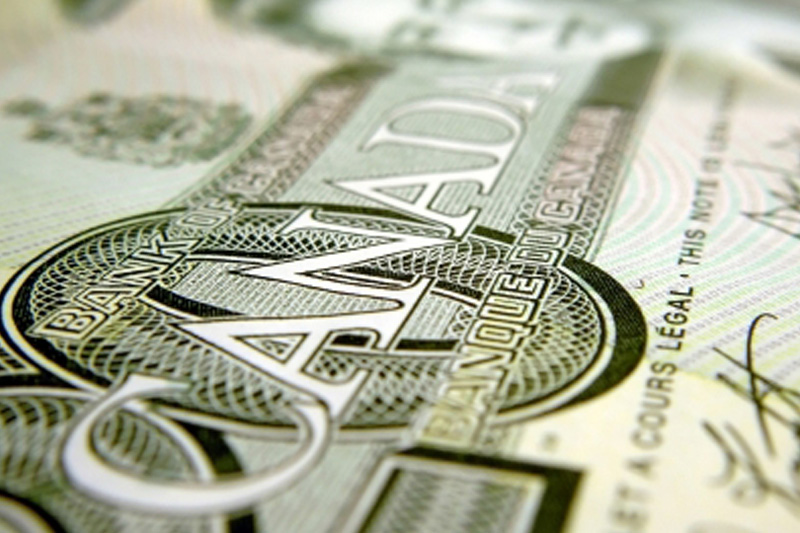Investing.com - The U.S. dollar trimmed losses against its Canadian counterpart on Thursday, as demand for the greenback remained broadly supported by investors despite the release of mixed U.S. economic reports.
USD/CAD eased off 1.1803, the pair's lowest since January 8, to hit 1.1925 during early U.S. trade, still down 0.20%.
The pair was likely to find support at 1.1728, the low of January 6 and resistance at 1.2018, Wednesday's high and a more than five-year high.
In a report, the U.S. Department of Labor said the number of individuals filing for initial jobless benefits in the week ending January 9 increased by 19,000 to 316,000 from the previous week’s total of 297,000.
Analysts had expected initial jobless claims to decline by 6,000 to 291,000 last week.
Separately, the Federal Reserve Bank of New York reported that its general business conditions index increased to 10.0 this month from a reading of -3.6 in December. Analysts had expected the index to rise to 5.0 in January.
In addition, the Commerce Department said that U.S. producer prices fell 0.3% last month, compared to forecasts for a 0.4% decline, after falling 0.2% in November.
The core producer price index eased up 0.3% last month, above expectations for a gain of 0.1% and following a flat reading in November.
The loonie was sharply higher against the euro, with EUR/CAD tumbling 1.21% to 1.3919.
The single currency remained under pressure after an interim ruling by the European Court of Justice on Wednesday was seen as clearing the way for the ECB to implement quantitative easing measures at its upcoming meeting on January 22.
The advocate general of the European Court of Justice, Pedro Cruz Villalon, advised judges to approve the ECB's Outright Monetary Transactions program, a measure which was launched in 2012.
Later in the day, the U.S. was to publish data on manufacturing activity in the Philadelphia region.
